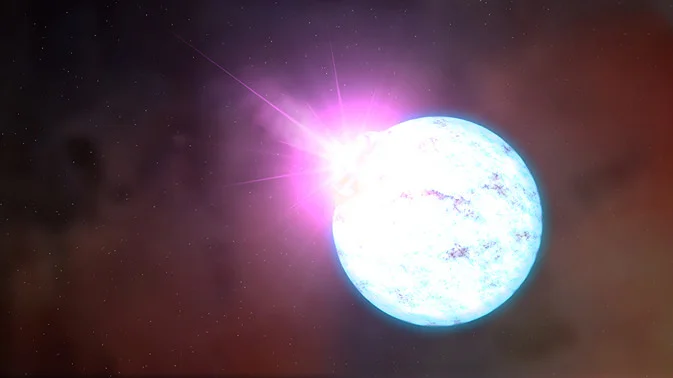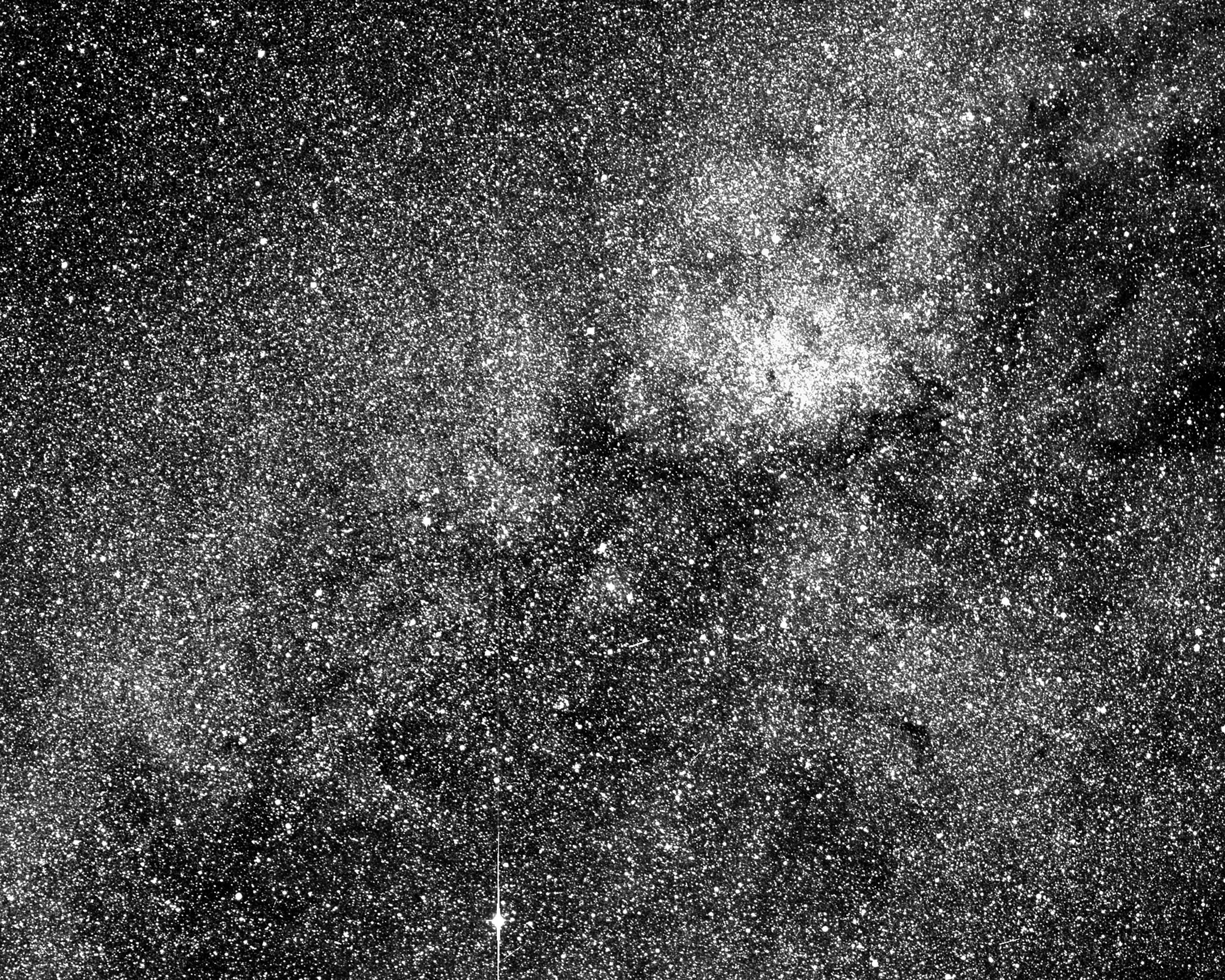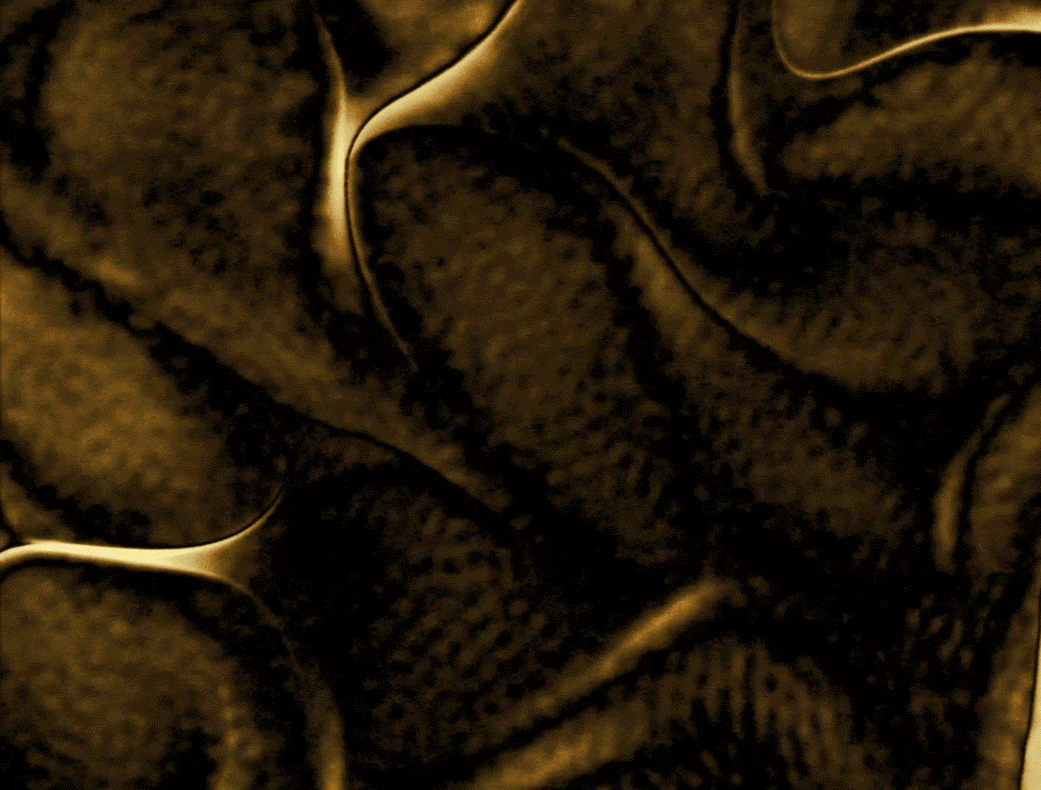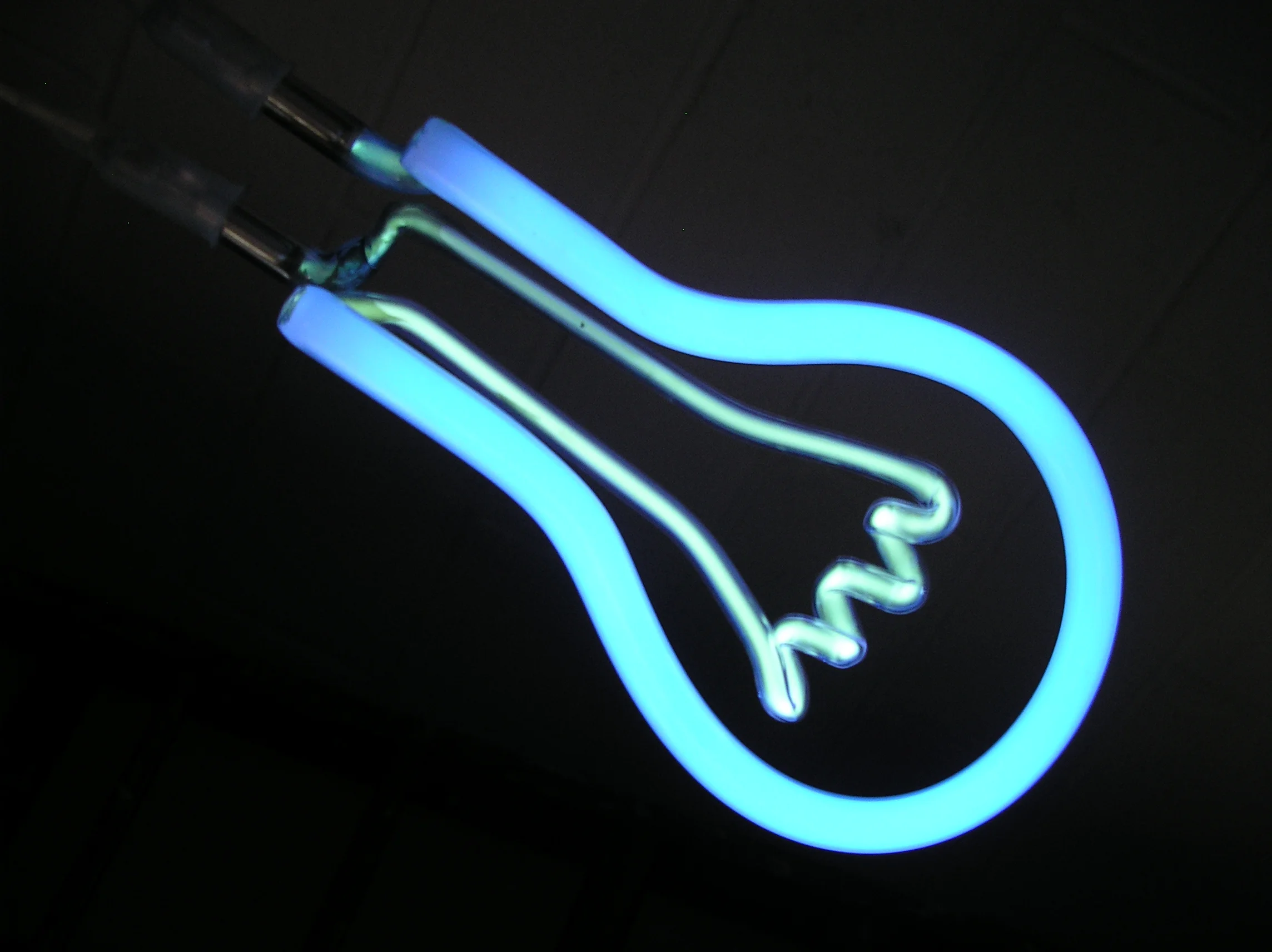How concerned should people be about the psychological effects of screen time? Balancing technology use with other aspects of daily life seems reasonable, but there is a lot of conflicting advice about where that balance should be. Much of the discussion is framed around fighting “addiction” to technology. But to me, that resembles a moral panic, giving voice to scary claims based on weak data.
When did the lights first come on in the universe? A galaxy close to the dawn of time gives a clue
It is springtime in the Northern hemisphere. Countless buds that have been waiting patiently on the stems and branches of trees and shrubs are now blossoming into life. The cosmic equivalent of this season is the time between a few hundred million and a billion years after the Big Bang. This is when the first stars and galaxies ignited, spewing light into the dark universe.
Are mysterious fast radio bursts coming from the collapse of strange star crusts?
Fast Radio Bursts (FBRs) have fascinated astronomers ever since the first one was detected in 2007. This event was named the “Lorimer Burst” after it discoverer, Duncan Lorimer from West Virginia University. In radio astronomy, this phenomenon refers to transient radio pulses coming from distant cosmological sources, which typically last a few milliseconds on average.
NASA’s New Planet Hunter Snaps Initial Test Image, Swings by Moon Toward Final Orbit
NASA’s next planet hunter, the Transiting Exoplanet Survey Satellite (TESS), is one step closer to searching for new worlds after successfully completing a lunar flyby on May 17. The spacecraft passed about 5,000 miles from the Moon, which provided a gravity assist that helped TESS sail toward its final working orbit.
Lucky flyby suggests Europa ejects plumes of water
Can Artificial Intelligence help find alien intelligence?
If there is a multiverse, can there be life there too?
ALMA and VLT Find Evidence for Stars Forming Just 250 Million Years After Big Bang
Pros and cons of various methods of interstellar travel
It’s a staple of science fiction, and something many people have fantasized about at one time or another: the idea of sending out spaceships with colonists and transplanting the seed of humanity among the stars. Between discovering new worlds, becoming an interstellar species, and maybe even finding extra-terrestrial civilizations, the dream of spreading beyond the Solar System is one that can’t become reality soon enough!
Is it rational to trust your gut feelings? A neuroscientist explains
Europa by the Numbers
Galileo Galilei discovered Jupiter's moon Europa in 1610. More than four centuries later, astronomers are still making discoveries about its icy surface. With a diameter of almost 2,000 miles, an orbit equivalent to 3.5 Earth days and a mass about 65 percent of Earth's Moon, Europa is considered by some scientists a likely place to look for present-day environments suitable for life.
The next big discovery in astronomy? Scientists probably found it years ago – but they don’t know it yet
NASA is sending a helicopter to mars as part of the 2020 rover
At present, there are over a dozen robotic missions exploring the atmosphere and surface of Mars. These include, among others, the Curiosity rover, the Opportunity rover, the Mars Orbiter Mission (MOM), the Mars Reconnaissance Orbiter (MRO), the Mars Atmosphere and Volatile EvolutioN (MAVEN) orbiter, and the soon-to-arrive InSight Lander. In the coming decade, many more missions are planned.
Why we need to figure out a theory of consciousness
Understanding the biology behind consciousness (or self-awareness) is considered by some to be the final frontier of science. And over the last decade, a fledgling community of “consciousness scientists” have gathered some interesting information about the differences between conscious and unconscious brain activity.
Could resurrecting mammoths help stop Arctic emissions?
Forests are growing again where human well-being is increasing, finds new study
Health Check: what should I eat to improve my skin?
NASA Hosts Live Discussion about Europa Findings, Potential for Life
NASA Spacecraft Discovers New Magnetic Process in Turbulent Space
Though close to home, the space immediately around Earth is full of hidden secrets and invisible processes. In a new discovery reported in the journal Nature, scientists working with NASA’s Magnetospheric Multiscale spacecraft — MMS — have uncovered a new type of magnetic event in our near-Earth environment by using an innovative technique to squeeze extra information out of the data.


















